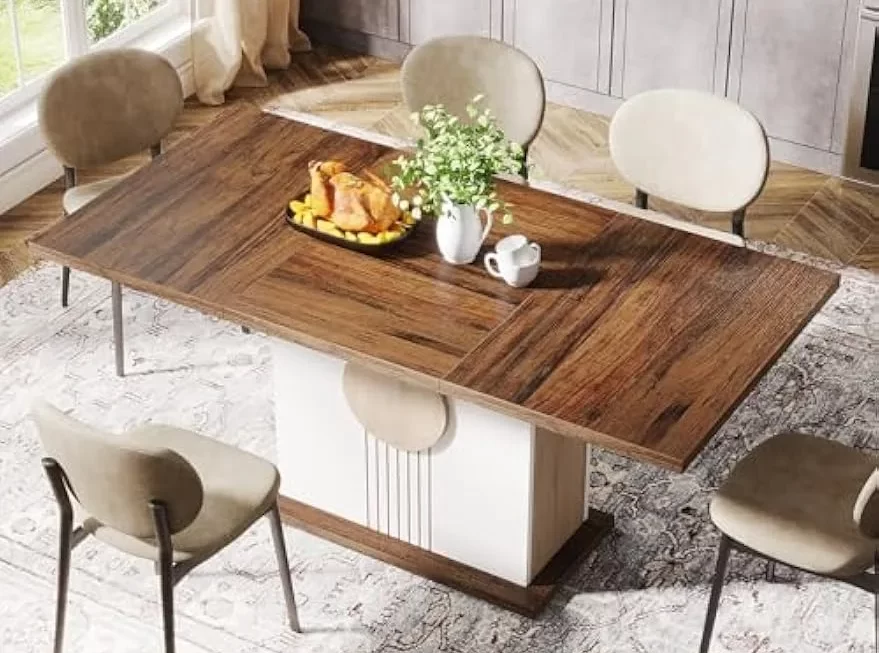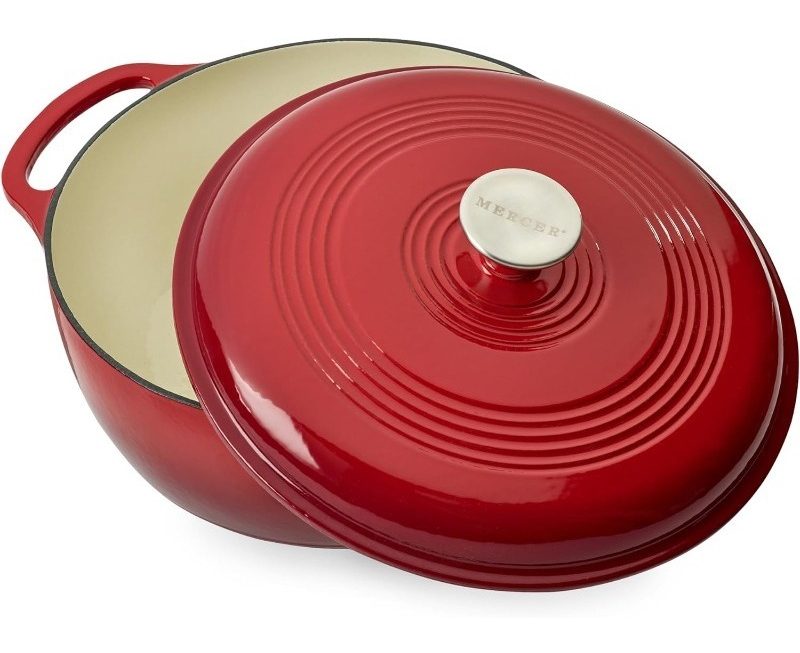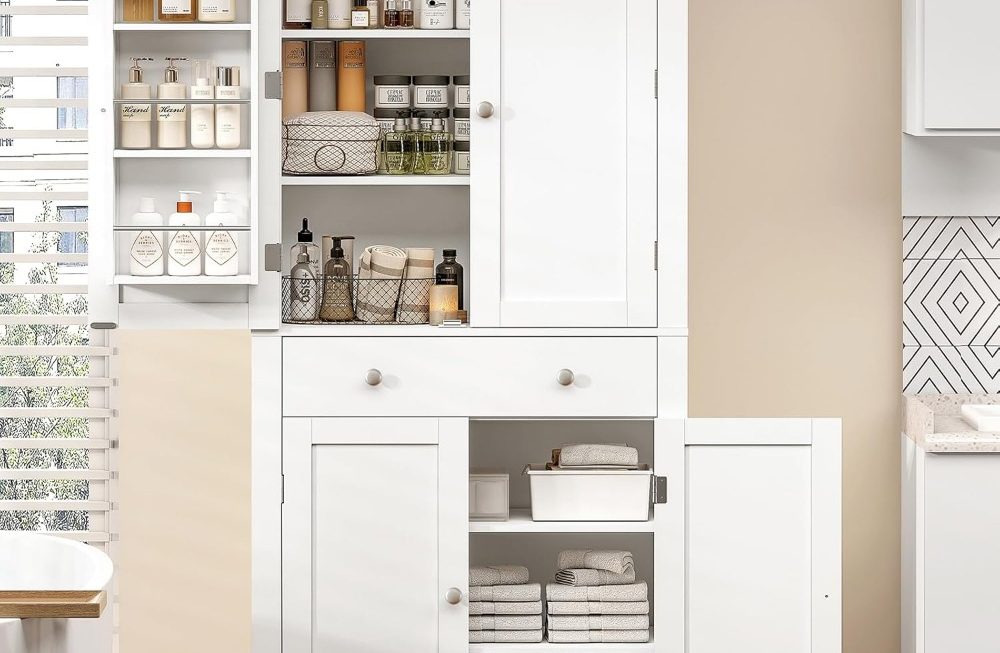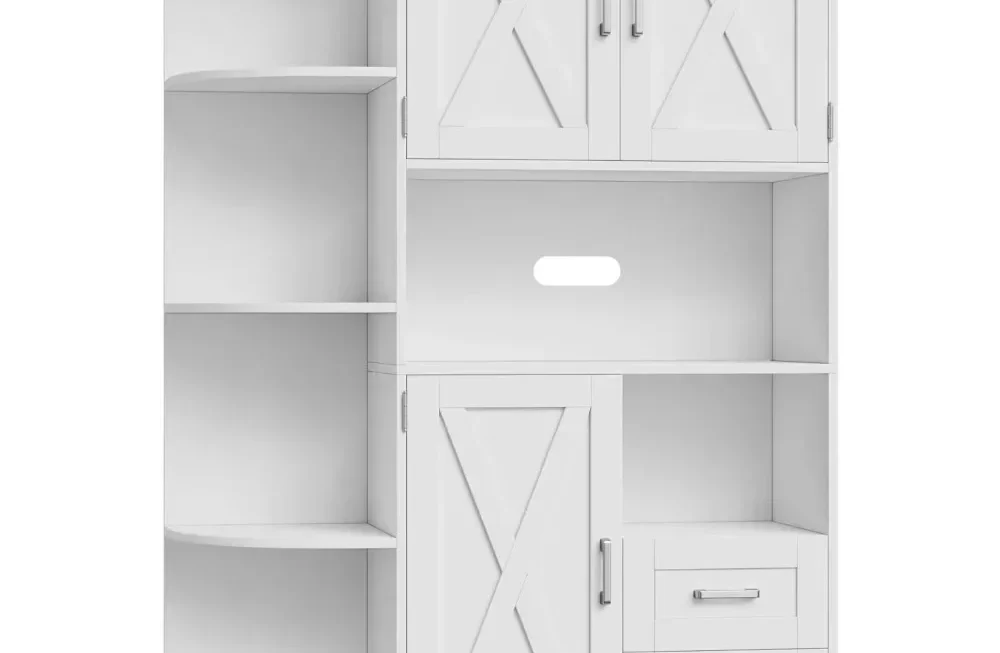Start with a Decluttering Session
How to organize kitchen? Starting the organization of your kitchen can feel overwhelming. However, breaking it down into manageable steps can make the process smoother.
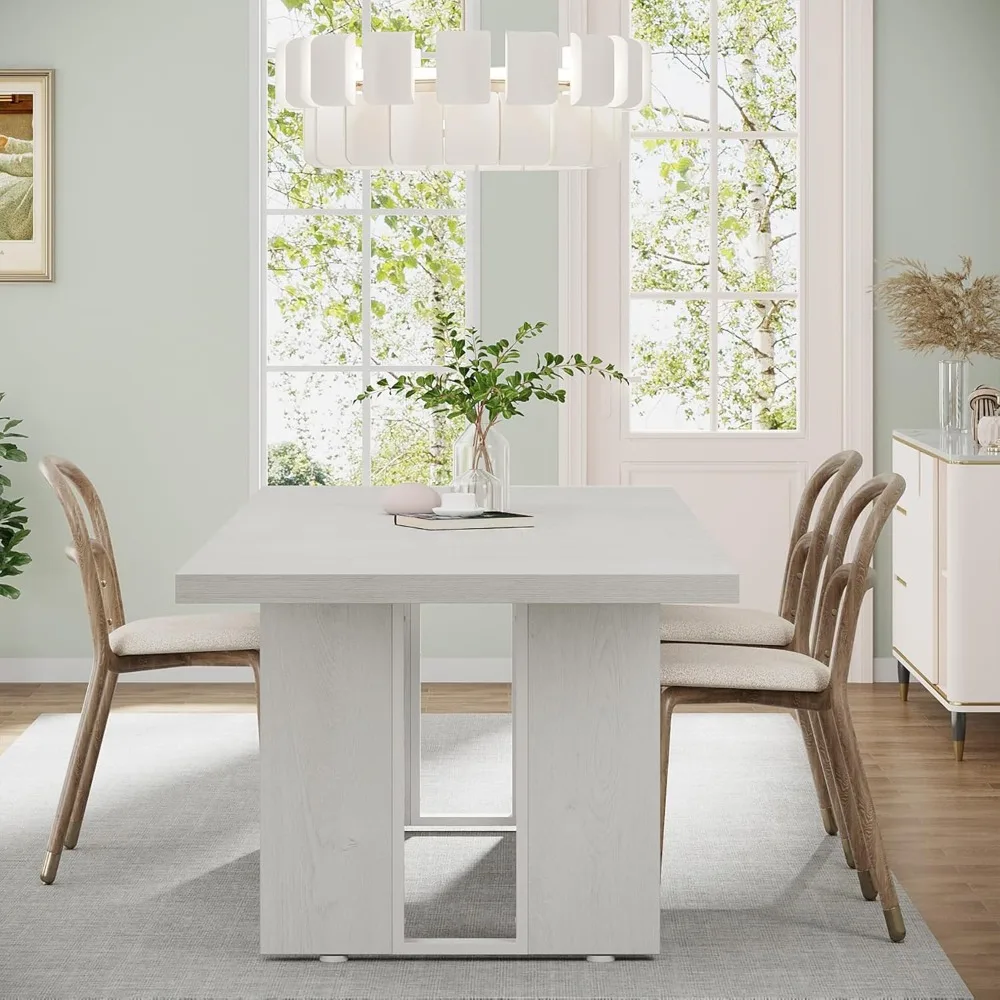
Recycle, Donate, or Discard Unnecessary Items
A clutter-free kitchen begins by removing items you no longer need or use. Let’s tackle these steps:
- Recycle: Look for items that are recyclable. This includes glass jars, cardboard boxes, and plastic containers.
- Donate: Give gently used tools, dishes, or small appliances to local charities. Someone can benefit from what you don’t need.
- Discard: Sometimes, items are too worn to donate or recycle. If it’s broken or outdated, consider it for disposal.
Clear out space by starting with these decluttering tips. A streamlined kitchen makes cooking and cleaning more efficient and more enjoyable. Use these suggestions to kick off your kitchen revamp and create a space that encourages culinary creativity and organization.
Prioritize Cleaning While Organizing
When organizing your kitchen, cleaning should never take a back seat. A spotless kitchen invites harmony and aids better organization. Start by focusing on one area at a time, so you don’t feel swamped.
Deep Clean Cabinets and Drawers
Before reorganizing any space, give your cabinets and drawers a good, deep clean. Here’s a simple guide to do it effectively:
- Remove All Items: Take everything out to assess what you have.
- Wipe Surfaces: Use a mild cleaner and a microfiber cloth to wipe inside every drawer and cabinet.
- Line Shelves: Consider lining shelves with non-adhesive liners for easy cleaning in the future.
- Deodorize: Get rid of odors by wiping surfaces with a mixture of baking soda and water.
- Sort Items: While cleaning, decide what to keep, donate, or toss.
- Return Items Mindfully: Place items back in an orderly fashion, keeping frequently used items within easy reach.
Taking time to thoroughly clean these areas will not only refresh the look of your kitchen but also give you the chance to reorganize in a more thoughtful and deliberate way.
Create a Functional Layout
How to organize kitchen? A functional kitchen layout can make tasks faster and reduce frustration during meal prep.
Zone-Based Strategies for Efficient Workflow
Organize your kitchen into distinct zones for cooking, cleaning, and storage.
- Cooking Zone: Place pots, pans, and spices near the stove.
- Cleaning Zone: Keep soaps, sponges, and trash bins close to the sink and dishwasher.
- Storage Zone: Group food items and utensils by use and frequency of usage.
- Preparation Zone: Allocate an area for chopping and mixing, preferably with easy access to knives and bowls.
- Serving Zone: Set aside space for plates, cups, and silverware close to the dining area.
By setting up these zones, you’ll know exactly where to find things quickly. Each zone should hold all necessary items for the task at hand, reducing the need to cross the kitchen multiple times while cooking or cleaning up.
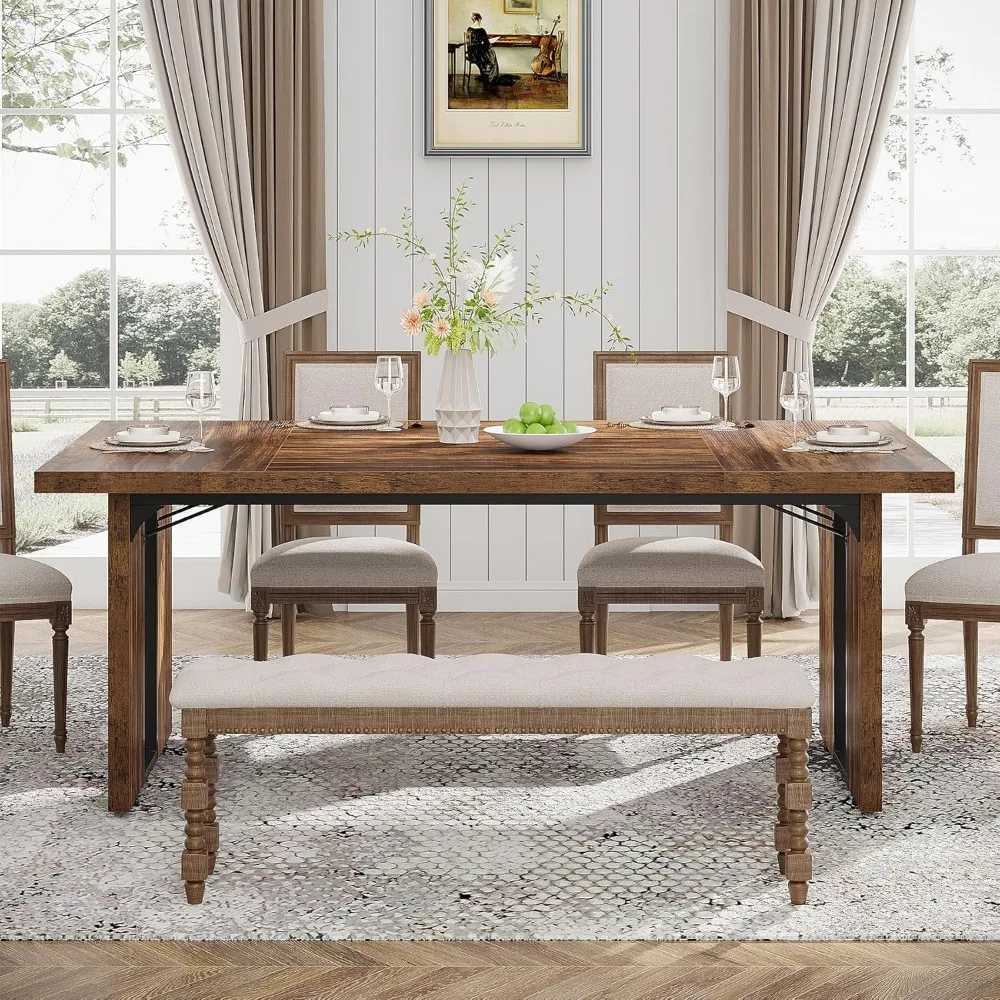
Maximize Vertical Storage Opportunities
Taking your storage vertical can make a huge difference in your kitchen’s organization and overall feel. When countertop space is limited, looking up and using the walls and cabinet doors becomes a game changer. By installing shelves, hooks, and racks, you can keep essential items within reach without cluttering your workspace. Remember, the key is to utilize every inch of available space efficiently.
Utilize Wall Space and Cabinet Doors
Begin by examining your kitchen walls and cabinet doors for potential storage solutions:
- Install Shelves: Wall-mounted shelves can hold jars, spices, or decorative items.
- Hang Pots and Pans: Use ceiling racks to free up cabinet space.
- Add Hooks: Place hooks under cabinets to hang mugs or utensils.
- Use Door Organizers: Over-the-cabinet door racks can store cutting boards and cleaning supplies.
By incorporating these vertical storage strategies, you can maintain a tidy and orderly kitchen while also displaying your kitchenware aesthetically. It’s all about making smart choices that suit your daily routine and enhance your kitchen’s functionality.
Opt for Adjustable and Space-Saving Solutions
Maximize your kitchen’s efficiency with smart storage solutions that adapt to your needs.
Employ Pull-Out Shelves and Stackable Bins
- Use Pull-Out Shelves: They make it easy to reach items at the back.
- Stackable Bins: Good for organized and compact storage, especially in small spaces.
Utilize Drawer Dividers and Organizers
When it comes to kitchen organization, drawers can be your best friend or your biggest hassle. To make sure they’re the former, invest in dividers and organizers specifically made for kitchen drawers. These handy tools will not only keep your space tidy, but they also make it much simpler to find what you need without rummaging around.
Keep Utensils and Cutlery Neatly Sorted
Sort cutlery and utensils right away with drawer dividers. Choose expandable ones to fit various drawer sizes. Group like items together – all spoons in one section, knives in another, and so on for ease. For cooking utensils, sort by use. For example, place spatulas, ladles, and tongs each in their own section of a larger drawer. This will smooth out meal prep, saving you time and frustration.
Invest in Quality Storage Containers
Keeping your kitchen tidy relies heavily on the right storage containers. Quality ones save you time and space.
Choose Transparent, Labelled and Stackable Options
Opt for clear, labelled containers for easy identification of contents. Stackables maximize cabinet and pantry space.
Select containers that fit your cupboard dimensions. Look for durability and easy-to-clean materials. Ensure they have tight-sealing lids.
Use labels to mark expiry dates on perishables. It helps manage food usage and reduces waste.
When stacking, place items used less frequently on higher shelves. Keep daily essentials at eye level for convenience.
Transparent, labelled, and stackable containers streamline your kitchen, making cooking and grocery shopping more efficient.
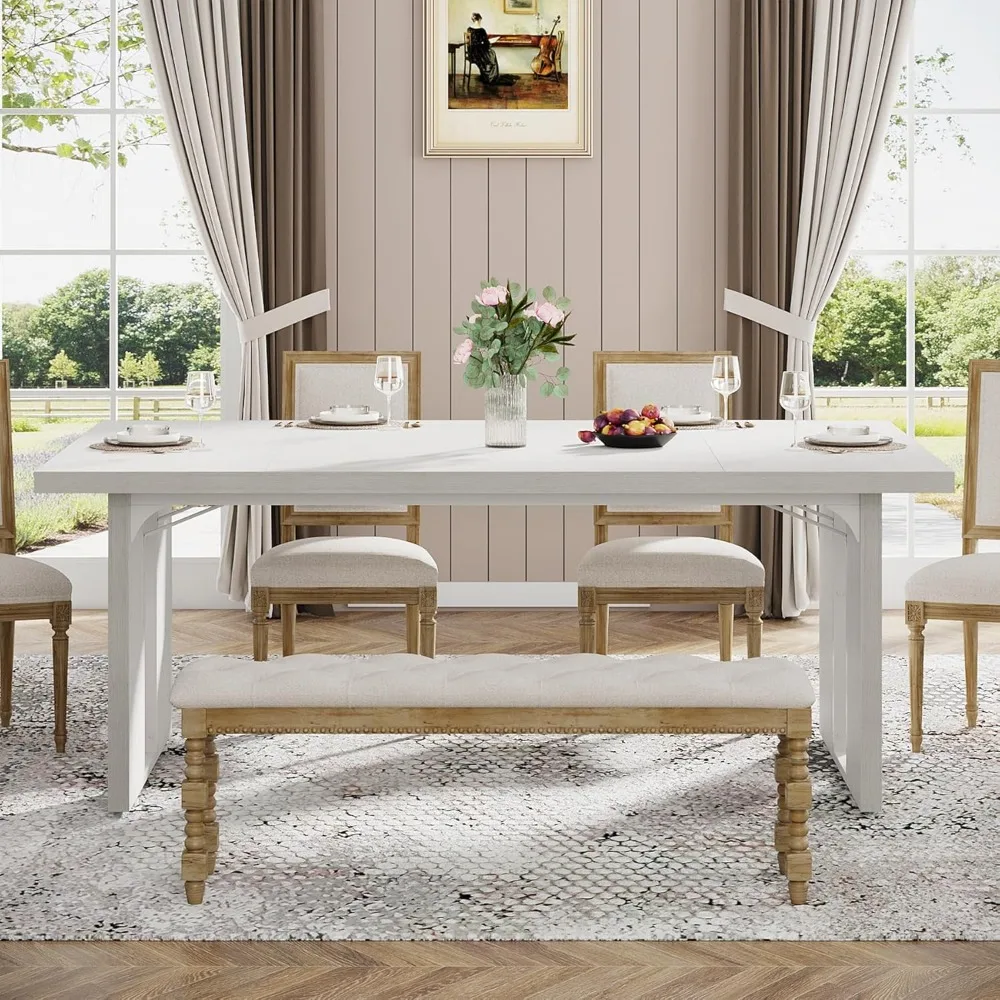
Implement Smart Pantry Management
Managing your pantry efficiently can make meal preparation a breeze.
Organize Dry Goods by Category and Usage
How to organize kitchen? To streamline your pantry, follow these pointers:
- Group Similar Items: Keep all grains, pastas, and cereals together.
- Use Clear Bins: This will allow you to see what you have at a glance.
- Label Everything: Mark each bin and shelf so you know where items belong.
- Check Expiry Dates: Position items with closer expiry at the front.
- Adjust Shelf Heights: Make room for tall items by adjusting your shelves.
By categorizing goods and finishing with clear labels, you create an orderly pantry that makes cooking and inventory checks more straight-forward.
Tidy Up the Refrigerator and Freezer
Keeping your refrigerator and freezer clean and organized is just as important as the rest of your kitchen. With the right strategies, you can turn chaos into order.
Utilize Bins and Dividers for Better Visibility
Easily see and reach what you need in your fridge and freezer with these tips:
- Use Bins: Group similar items together in clear bins. This prevents items from getting lost.
- Add Dividers: Shelf dividers help stack items and maximize vertical space. They also keep food organized.
- Label Everything: Use labels to identify contents quickly. Include dates on perishables.
By implementing bins, dividers, and clear labeling, you’ll enhance visibility in your fridge and freezer. This approach simplifies meal prep and helps keep track of inventory. It’s about making the most of every inch of space you have.
Keep Countertops Clear and Functional
To ensure a kitchen that’s both easy to use and pleasant to look at, keeping countertops clear is crucial. Not only does this provide you with more workspace, but it also contributes to a less stressful cooking environment. Start by removing items that don’t need to be on the counter full-time.
Reduce Clutter with Minimalist Techniques
Embrace minimalism in your kitchen by only keeping essentials on the countertops. Here are some tips to help reduce clutter:
- Store appliances: Keep only daily-use items out, like the coffee maker. Store others out of sight.
- Use wall space: Install hooks or magnetic strips to hang utensils, pots, and pans.
- Opt for one: Select one item when you have duplicates and donate the rest.
- Daily clean-up: Make it a habit to clear and wipe down counters every day.
By applying these minimalist techniques, you can transform your kitchen into a more efficient and inviting space. Aim for simplicity and functionality for a kitchen that aids in your culinary adventures without the mess.
